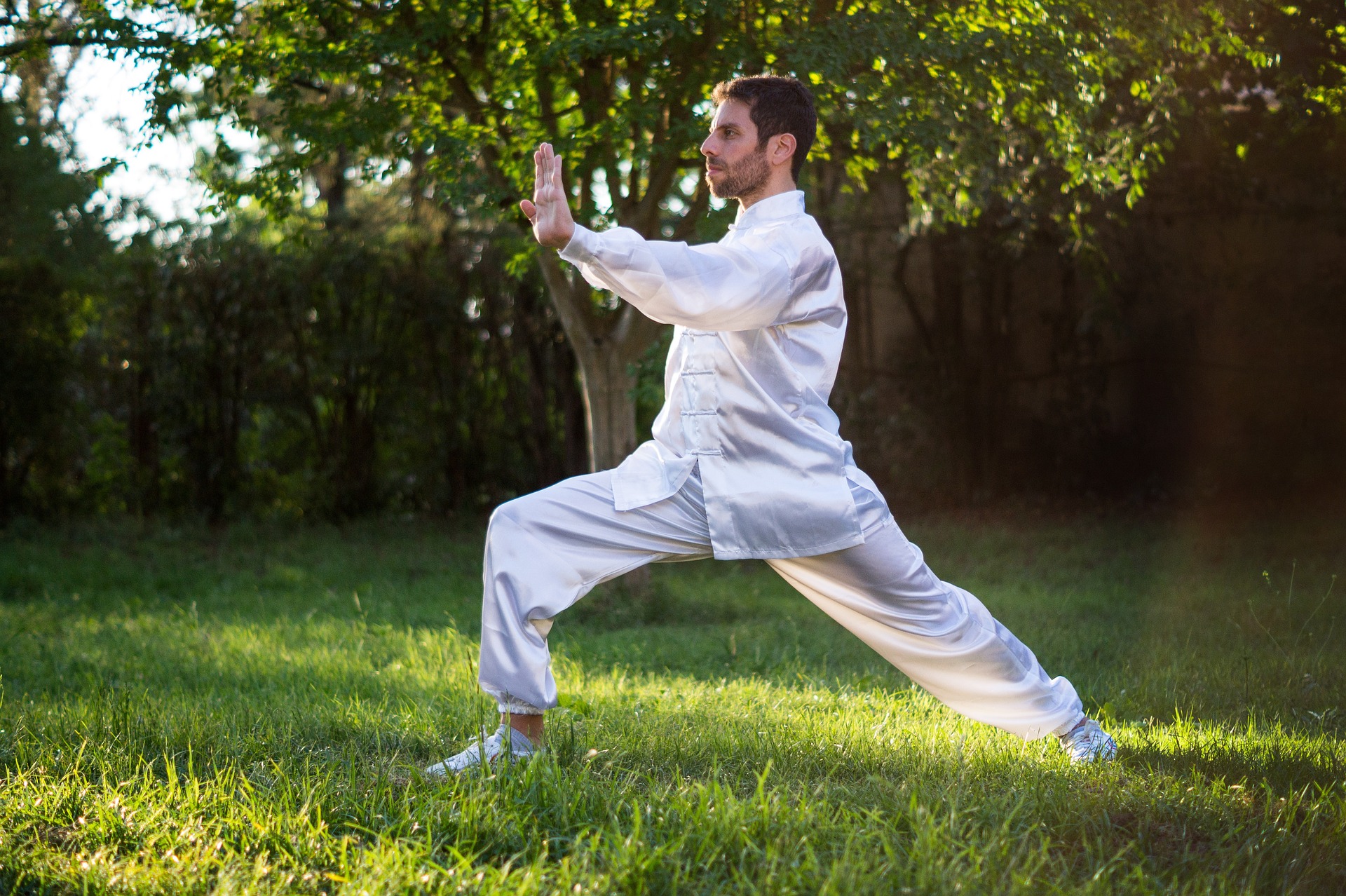Biocentric Healing: Reconnecting with Nature for Optimal Health
Imagine a world where your prescription isn't just a pill, but a walk in the forest. Where your therapy involves tending to a garden, and your stress relief comes from watching a sunset. Welcome to the realm of biocentric healing, a revolutionary approach to health that's turning heads in the wellness community.

The Roots of Biocentric Healing
Biocentric healing is not merely a new-age fad, but a scientifically-backed approach rooted in our evolutionary history. For millions of years, humans evolved in close harmony with nature, developing intricate biological and psychological connections to our environment. However, the rapid urbanization and technological advancements of the past few centuries have dramatically altered this relationship.
The concept of biocentric healing draws inspiration from various disciplines, including ecopsychology, environmental psychology, and biophilia. E.O. Wilson, the renowned biologist, introduced the term biophilia in 1984, describing it as the innate affinity humans have for other living systems. This theory laid the groundwork for understanding how our connection to nature profoundly impacts our physical and mental well-being.
The Science Behind Nature’s Healing Power
Recent scientific research has begun to unravel the mechanisms through which nature exposure benefits our health. Studies have shown that spending time in natural environments can lower cortisol levels, reduce blood pressure, and improve immune function. A groundbreaking study published in the journal Scientific Reports found that people who spent at least 120 minutes per week in nature reported significantly better health and well-being compared to those who did not.
Moreover, exposure to diverse microbial environments in nature has been linked to improved gut health and stronger immune systems. The hygiene hypothesis suggests that our modern, overly sanitized environments may be contributing to the rise in allergies and autoimmune disorders. Biocentric healing practices aim to restore this vital microbial connection.
Biocentric Healing in Practice
Implementing biocentric healing into daily life can take many forms. From forest therapy sessions to green exercise programs, practitioners are finding innovative ways to reconnect people with nature for health benefits. Some hospitals are even incorporating healing gardens and nature views into their design, recognizing the therapeutic potential of green spaces.
One emerging trend is the concept of nature prescriptions. In this approach, healthcare providers literally prescribe time in nature as part of a treatment plan. For instance, a doctor might recommend 30 minutes of gardening three times a week to help manage stress or anxiety. This method not only addresses symptoms but also promotes overall well-being and connection to the environment.
Challenges and Considerations
While the benefits of biocentric healing are promising, implementing these practices on a large scale comes with challenges. Urbanization continues to reduce access to natural spaces for many people, particularly in densely populated areas. Additionally, there’s a need for more standardized research to establish clear guidelines for nature-based interventions in healthcare settings.
Another consideration is the potential for nature deficit disorder, a term coined by author Richard Louv to describe the human costs of alienation from the natural world. As we become increasingly dependent on technology, finding ways to meaningfully engage with nature becomes crucial for our health and the health of the planet.
The Future of Biocentric Healing
As we face global health challenges and environmental crises, biocentric healing offers a holistic approach that addresses both human and planetary well-being. The future of this field looks promising, with increasing integration into mainstream healthcare and urban planning.
Innovations in virtual reality and augmented reality technologies are also opening new possibilities for bringing nature experiences to those unable to access outdoor environments easily. While these digital solutions can’t fully replace direct nature contact, they offer a complementary tool for biocentric healing practices.
Nature’s Rx: Practical Tips for Biocentric Healing
-
Engage in earthing by walking barefoot on grass or soil for 15 minutes daily
-
Create a mini indoor garden with air-purifying plants
-
Practice outdoor meditation or yoga at least twice a week
-
Incorporate natural materials and textures into your home decor
-
Take “micro-breaks” throughout the day to look at nature scenes, even if just through a window
-
Join a community garden or local conservation project
-
Try ecotherapy sessions with a trained professional
-
Replace one indoor workout per week with an outdoor activity
In conclusion, biocentric healing represents a powerful paradigm shift in our approach to health and wellness. By reconnecting with nature, we not only improve our individual well-being but also foster a deeper appreciation for the environment that sustains us. As we continue to explore and implement these practices, we move towards a future where human health and ecological health are recognized as fundamentally interconnected.





